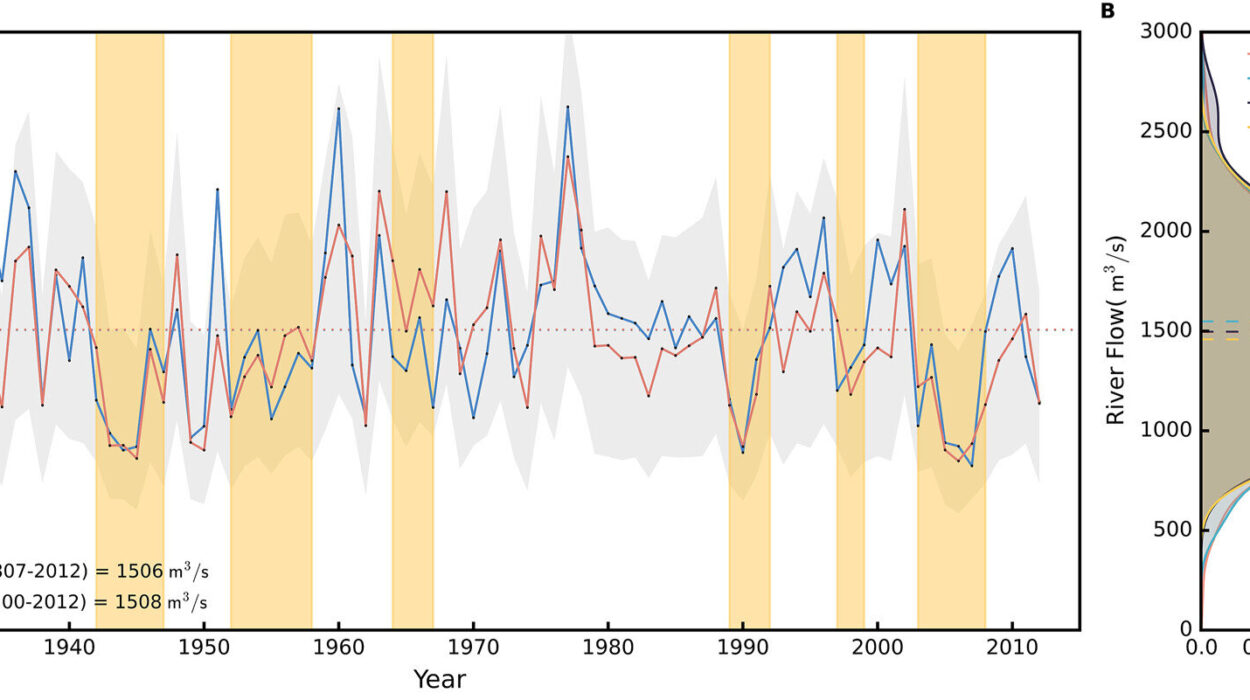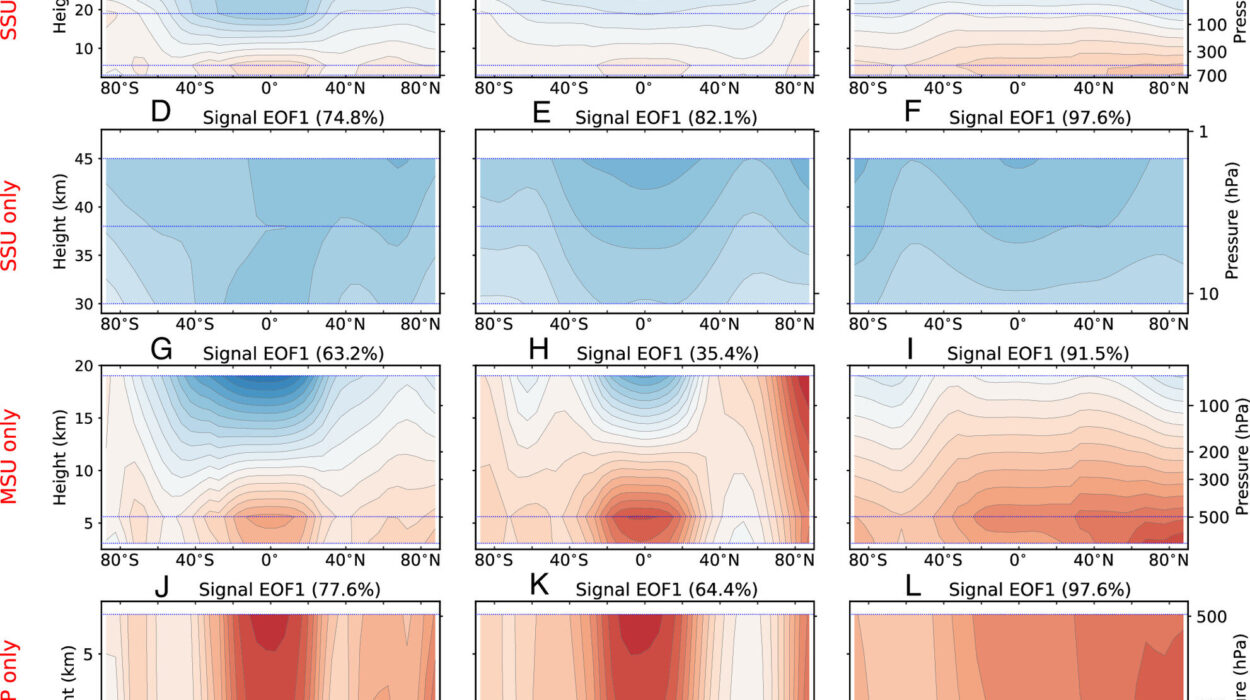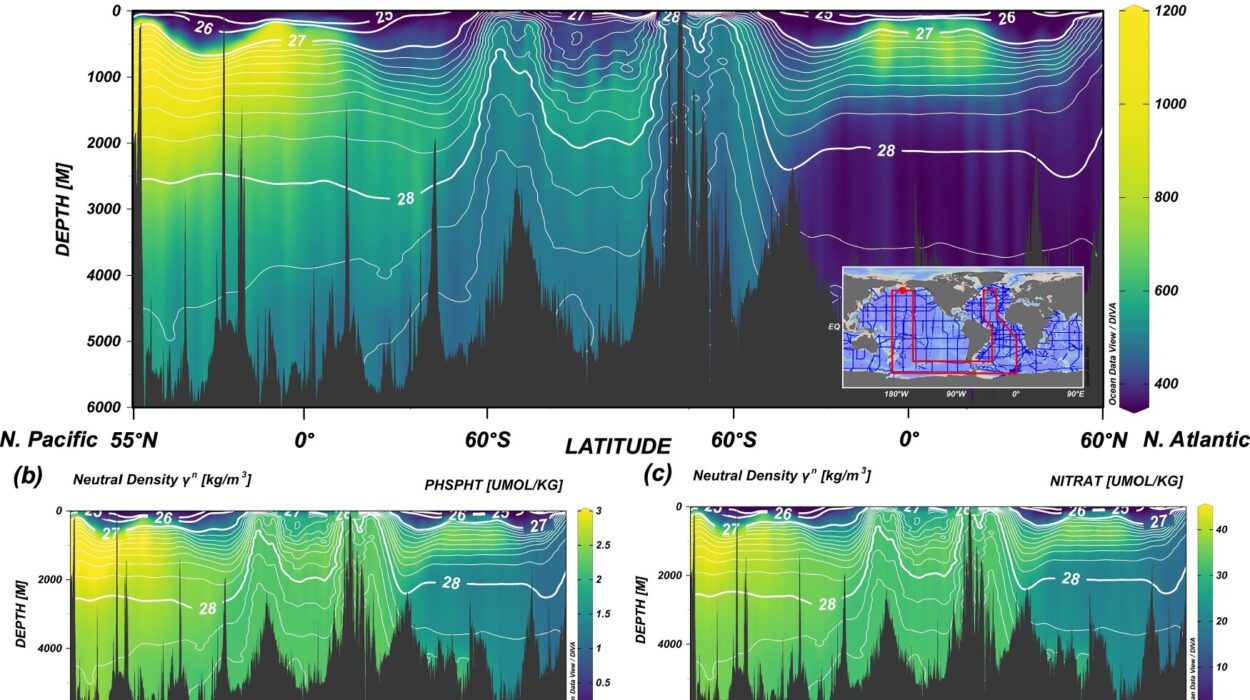Imagine waking to the gentle buzz of your Android phone. It’s not a text. Not a call. It’s a message that might just save your life: “Earthquake detected nearby. Take cover now.” Within seconds, your world starts to shake. Furniture trembles. Lights swing. But you’re already under a sturdy table, protecting yourself and warning your loved ones.
This isn’t science fiction. This is the reality made possible by Google’s Android Earthquake Alert (AEA) system—a silent sentinel embedded inside millions of phones across the globe. Launched in the United States in 2020 and since expanded to nearly every corner of the world, the system has become one of the largest earthquake detection and alert platforms in history. And it doesn’t rely on expensive hardware or deep-earth sensors—just the smartphones in our hands.
A Network Woven from Pockets
Earthquakes strike without warning. That’s their terrifying beauty and brutal challenge. Traditional seismic networks rely on ground-based sensors installed by governments and agencies, which can take years and vast resources to deploy. But Google saw something different: an ocean of sensors already moving through cities, towns, and remote villages—the smartphones people carry every day.
Each Android phone contains tiny accelerometers—motion sensors that can detect even subtle movement. Under normal circumstances, these help rotate your screen or count your steps. But during an earthquake, these sensors can detect the unique vibrational fingerprint of seismic waves: the sharp, fast-traveling P waves, and the slower, more destructive S waves that follow.
When an Android device detects this kind of motion and it’s not from a fall or a dropped phone, it sends the data—along with the device’s approximate location—to Google’s servers. The system then performs a kind of digital triangulation, comparing incoming reports to confirm whether an earthquake is occurring and pinpoint where it started. Once confirmed, alerts are sent to users in affected areas—all in a matter of seconds.
It’s a race between speed and destruction, where electronic messages travel faster than the seismic waves themselves.
A Silent Guardian on the Global Stage
Between 2021 and 2024, the Android Earthquake Alert system detected and issued warnings for 1,279 earthquake events. Of these, only three were classified as false alarms—two of which, interestingly, were caused not by earth movements but by intense thunderstorms shaking users’ phones in an eerily similar pattern.
But perhaps the most powerful moment in the AEA’s early history came on February 6, 2023. A massive magnitude 7.8 earthquake tore through Turkey and Syria, claiming tens of thousands of lives. As the earth ruptured beneath buildings and roads, over half a million Android users received alerts in the seconds before the shaking reached them. Those few seconds, often overlooked in normal life, offered time to drop to the ground, find cover, or shout a warning to someone nearby. Time enough, in some cases, to survive.
Even more remarkably, Google’s data showed that 85% of users who received an alert reported feeling the quake, with 36% receiving it before shaking began. In a world where early warnings often feel like a luxury, that figure is monumental.
The Science Beneath the Surface
Seismology—the science of earthquakes—has always depended on understanding wave behavior. When an earthquake occurs, energy radiates outward in waves. P waves are the first to arrive, traveling through rock and earth at blistering speeds. These waves are often imperceptible to humans but detectable by sensitive instruments—or, in this case, Android phones.
By picking up these first signals and mapping their spread across a network of phones, Google’s servers can estimate the earthquake’s epicenter and magnitude. Once the system gains sufficient confidence, it triggers alerts through Android’s built-in notification system. There’s no need to install an app or sign up for a service. The alert comes automatically.
Because data is gathered from phones globally and analyzed in real time, this system can work even in regions lacking official seismic monitoring infrastructure. It turns every user into a node in a planetary sensor network. And instead of requiring governments to install costly detection stations, it leverages what billions already carry in their pockets.
Falling Short, Rising Higher
Despite its achievements, AEA is not perfect. Google has been open about this. During the devastating 2023 Turkey-Syria quake, the system failed in one critical way: it underestimated the earthquake’s magnitude. As a result, alerts in some areas came late—or not at all.
That failure wasn’t brushed aside. Google’s seismology engineers dove back into the data, reassessing the signals that had been missed or misread. They updated their algorithms and tested them using the same earthquake data. The result? The revised system would have sent 10 million timely “take action” alerts had it been active then. It was a sobering lesson, but one that ultimately strengthened the system.
Google’s engineers continue to refine the AEA, aware that every second saved could mean a life spared. They’re also transparent about its limitations: the system is meant to supplement traditional detection networks, not replace them. It fills gaps where infrastructure is lacking, where governments are under-resourced, and where seismic silence can be deadly.
An Earthquake Without Borders
Earthquakes don’t respect boundaries. They shake cities and towns, rich and poor alike, across political lines and tectonic rifts. And yet, globally, only a handful of countries have fully developed earthquake early warning systems. In many places, by the time residents realize what’s happening, the destruction has already begun.
This is where the Android Earthquake Alert system becomes revolutionary. Unlike fixed sensors, Android phones move with people. They live in remote mountain villages, sprawling cities, refugee camps, and isolated coastal towns. With over 3 billion active Android devices in the world, the potential for coverage is almost unmatched.
Currently, the AEA system sends around 60 alerts per month, reaching approximately 18 million users worldwide. Each one is an invisible thread in a net designed to catch danger before it strikes.
A Personal Moment of Shock and Relief
One user in Spain described receiving an AEA notification just as a magnitude 5.5 earthquake struck the southern region of the country. The alert buzzed on their phone, a small vibration that preceded the actual shaking by mere seconds. Those seconds were enough to brace, to prepare mentally and physically for the rolling tremors that soon followed. For this person—and many others—it turned a potentially terrifying surprise into a moment of action.
These personal stories breathe life into the numbers. They remind us that AEA is not just about data streams and algorithms. It’s about mothers grabbing their children, teachers guiding students beneath desks, neighbors yelling warnings across streets. It’s about turning fear into motion, panic into purpose.
The Future Beneath Our Feet
Google’s researchers have made it clear: this is just the beginning. Earthquake prediction—the holy grail of seismology—remains elusive. But earthquake detection and early warning are advancing faster than ever, thanks to innovations like AEA.
The company continues to expand the system’s reach, improve accuracy, and reduce alert delays. It’s also collaborating with scientists, emergency managers, and governments to better understand the psychological and logistical impact of early warnings. After all, it’s not just about delivering alerts. It’s about ensuring people know what to do when they receive them.
One of the most promising developments is the use of machine learning models that adapt to regional seismic patterns, terrain differences, and population density. The smarter the algorithm becomes, the better it can distinguish between a dropped phone and a tremor beneath the crust.
The Power in Your Pocket
In an era where many criticize tech for disconnecting us from the real world, the Android Earthquake Alert system is a powerful reminder of the opposite. It connects us—not through screens or apps—but through shared safety, shared science, and a shared instinct to protect one another.
It is not perfect. It will continue to stumble and improve. But it is real, and it is saving lives.
So if you’re reading this on an Android phone, know this: you may already be part of the world’s largest earthquake detection network. And someday, perhaps when the ground stirs beneath your feet, the quiet buzz of your phone might give you the chance to live another day, hug someone you love, or simply see the morning sky.
That’s not just technology. That’s hope.
Reference: Richard M. Allen et al, Global earthquake detection and warning using Android phones, Science (2025). DOI: 10.1126/science.ads4779






